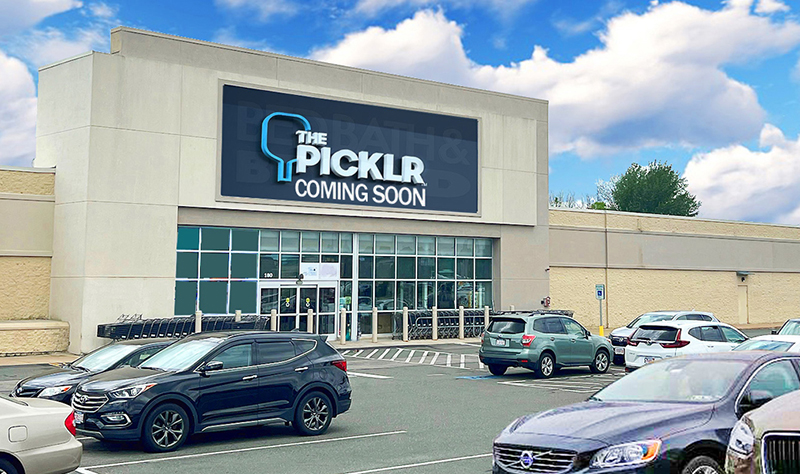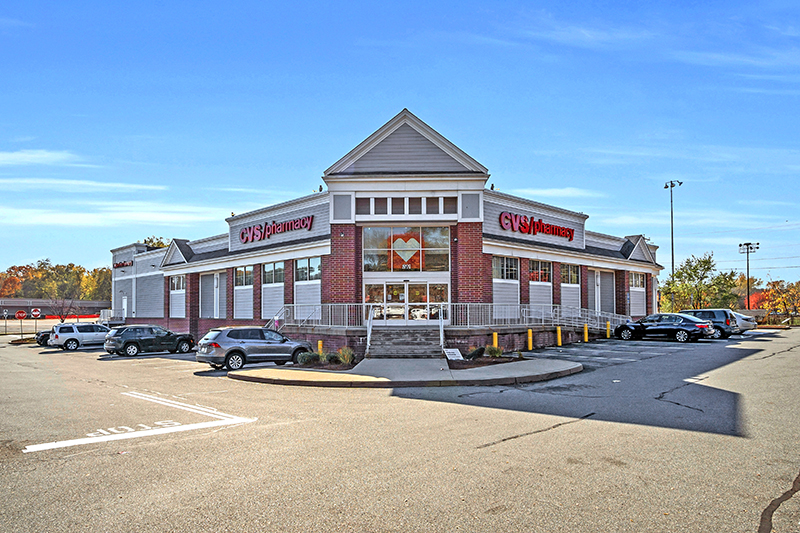News: Retail
Posted: June 25, 2010
New England retail in the capital markets context
A discussion of New England Retail in the Capital Markets context, today, needs to break along macro and micro levels. The macro economic view shows our retail market in a positive context, especially in comparison to other parts of the country. The micro view, at the asset level, is quite varied and often binary. However, lender appetite for the better quality retail assets is strong as reflected in current loan terms.
CMBS debt merits discussion as both a source for new financing and a source of acquisition and workout opportunity. According to the most current Trepp data, in the Boston-Cambridge-Quincy, Mass.-N.H. retail market, retail CMBS loans account for slightly less than $2.7 billion of outstanding principal balance across 200 loans. Only one loan is 30 days delinquent, three are classified REO and one as a non-performing maturity default. The remaining 95% of the loans are classified performing. Of the ten most recently disposed loans, four were paid off at maturity, five during the open period and one booked as a loss (of 60%). In 2010, only one New England retail asset has been financed with CMBS debt. Compare this to the Las Vegas-Paradise, Nev. retail market where the number of loan delinquencies totals 69 (20% of the subset), including 27 90+ days delinquent, 22 in foreclosure and four nonperforming maturity defaults.
CMBS lenders, struggling against the perception of inferior servicing, lack of certainty in locking rate and closing, and higher interest rates, have struggled to compete against life companies and banks, especially in areas like New England. Leverage, structure and pricing have simply not been compelling enough - yet - to win significant market share. As a source of investment opportunity, investors have found few actionable CMBS REO and note acquisitions here due to the relative strength of our market. Still, below the surface, at the special servicer level, loan modification and discounted payoff activity has quietly increased.
Now the unequivocal good news: Traditional life company debt has become quite attractive. In fact, though most of our loan placement last year was with local and regional banks, life companies have won the vast majority of loans we have arranged in 2010. Loan activity picked up fourth quarter 2009, but it was not until the Mortgage Bankers Association convention in February that our suspicions were confirmed. In total, we estimate that life companies allocated approximately $40 billion for 2010 investment in commercial real estate loans. Facing a shortage of high quality loan opportunities, the competition has grown intense for well-sponsored, more conservative, longer-term debt. This has most clearly translated to lower interest rates, but leverage is slowly ticking up as well.
Long term debt for credit tenant leased (CTL) deals may be of particular interest to retail developers and investors. The direct lenders, or buyers, of securities in such loans originated through an intermediary are often life companies making "Schedule D" investments. Some of these same life companies will again consider construction/permanent loans for single-credit tenant deals and anchored retail centers. Throughout 2009, corporate credit spreads tightened dramatically for tenants like Wal Mart Stores, Home Depot, Lowe's, Kohl's and Target. Retail assets leased under long term, tightly written leases, can attract long term 1.0x-debt-service loans with coupons well below those available for "real estate" loans. In certain instances, 20-year fixed rate CTL debt below 5% is available today. Under the CTL structure, where debt service coverage can be as low as 1.0x, the debt coupon becomes the discount rate and the net present value of the income stream the loan amount.
Outside of the CTL option, the resurgence of attractive debt has led to several recommendations particularly popular among more experienced borrowers. With many older vintage conduit and life company loans carrying rates from the high-six- to low-eight-percent range and new 10-year deals pricing in the fives, we recommend borrowers consider prepaying loans today and locking in today's low rates as a hedge against higher rates in a year or two. Alternatively, we recommend arranging forward loan commitments to retire nearer term maturity loans once the loan reaches its open prepay window some months out. In some instances, borrowers have rationalized the cost of the yield maintenance or defeasance premium by locking in, for modest premiums, longer terms of 15, 20 and 25 years. Lastly, though LIBOR remains quite low, with a 10-year Treasury yield of 3.19%, the risk/reward analysis of future movement favors fixing a rate at spread over Treasuries. In short, for borrowers with fundamentally sound centers, this is an opportune time to take advantage of low rates, to hedge against inflation and to match fund against longer-term fixed-lease terms.
Tom Welch is a senior vice president/shareholder at Colliers Meredith & Grew, Boston, Mass.
Tags:
Retail
MORE FROM Retail
Mace of KeyPoint Partners negotiates 36,192 s/f lease for The Picklr at Endicott Square
Danvers, MA KeyPoint Partners (KPP) negotiated a lease with the nation’s premier indoor pickleball venue The Picklr at Endicott Sq. Vice president of retail brokerage Don Mace negotiated the transaction on behalf of the landlord.

Quick Hits




.jpg)


.png)